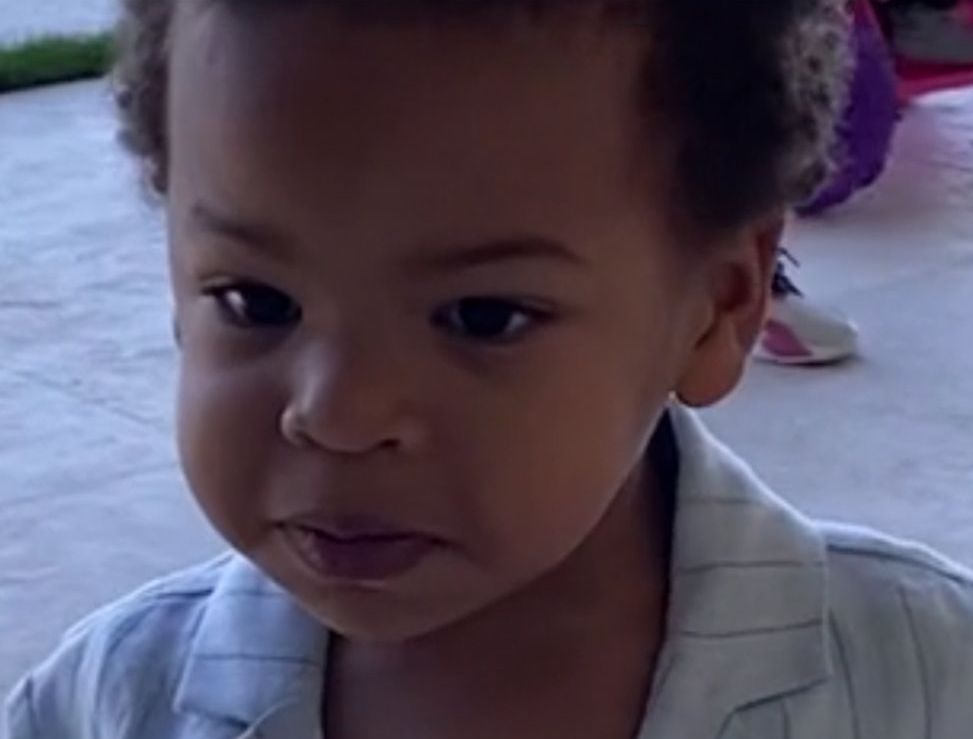Sir Carter Autism: A Comprehensive Guide To Understanding And Supporting Individuals With Autism
Autism is a complex neurodevelopmental condition that affects millions of people worldwide. Sir Carter Autism has emerged as a significant topic of discussion, not only in medical circles but also in the broader community. Understanding autism is crucial for fostering inclusive environments and ensuring that individuals with autism receive the support they need to thrive.
This article delves into the world of Sir Carter Autism, exploring its causes, symptoms, diagnosis, and treatment options. It also highlights the importance of creating supportive communities and resources for individuals with autism and their families.
By the end of this article, you will gain a deeper understanding of autism, its impact on daily life, and how you can contribute to creating a more inclusive society for individuals with autism.
Read also:Afromexican Queen Makes History As Miss Universe Representative
Table of Contents
- Biography of Sir Carter
- Understanding Autism
- Common Symptoms of Autism
- Diagnosis of Autism
- Treatment and Intervention
- Building a Support System
- Community Involvement
- Resources for Families
- Current Research on Autism
- Conclusion and Call to Action
Biography of Sir Carter
Sir Carter, a renowned advocate for autism awareness, has dedicated his life to improving the lives of individuals with autism. His work has been instrumental in raising public awareness about the condition and promoting acceptance and understanding.
Below is a summary of Sir Carter's personal and professional background:
Personal Information
| Full Name | Sir Carter Anderson |
|---|---|
| Date of Birth | May 15, 1967 |
| Place of Birth | London, United Kingdom |
| Occupation | Autism Advocate, Author, Speaker |
| Education | Ph.D. in Psychology, University of Oxford |
Understanding Autism
Autism, or Autism Spectrum Disorder (ASD), is a lifelong neurological condition that affects communication, social interaction, and behavior. Sir Carter Autism emphasizes the importance of recognizing autism as a spectrum, meaning that it manifests differently in each individual.
According to the Centers for Disease Control and Prevention (CDC), approximately 1 in 36 children in the United States is diagnosed with autism. This statistic highlights the prevalence of the condition and the need for increased awareness and support.
What Causes Autism?
The exact cause of autism is still unknown, but research suggests that a combination of genetic and environmental factors may contribute to its development. Studies have identified certain genetic mutations that increase the risk of autism, while environmental factors such as prenatal exposure to toxins and maternal infections during pregnancy may also play a role.
Common Symptoms of Autism
Individuals with autism may exhibit a wide range of symptoms, which can vary in severity. Some of the most common symptoms include:
Read also:Pavers For Outdoor Enhancing Your Outdoor Space With Style And Durability
- Difficulty with social interactions
- Delayed language development
- Repetitive behaviors or routines
- Sensory sensitivities
- Limited interests or obsessions
It is important to note that not all individuals with autism will display all of these symptoms, and some may exhibit additional traits not listed here.
Diagnosis of Autism
Early diagnosis of autism is crucial for ensuring that individuals receive appropriate interventions and support. The diagnostic process typically involves a comprehensive evaluation by a team of professionals, including psychologists, pediatricians, and speech therapists.
Diagnostic criteria for autism are outlined in the Diagnostic and Statistical Manual of Mental Disorders (DSM-5), which includes impairments in social communication and restricted, repetitive patterns of behavior.
Challenges in Diagnosis
One of the biggest challenges in diagnosing autism is its variability. Symptoms can range from mild to severe, making it difficult to identify in some cases. Additionally, cultural and socioeconomic factors can impact access to diagnostic services, leading to disparities in diagnosis rates.
Treatment and Intervention
While there is no cure for autism, various treatments and interventions can help improve outcomes for individuals with the condition. These include:
- Applied Behavior Analysis (ABA)
- Speech and Language Therapy
- Occupational Therapy
- Medication for co-occurring conditions
It is essential to tailor interventions to the individual needs of each person with autism, as no single approach works for everyone.
Building a Support System
Creating a strong support system is vital for individuals with autism and their families. This includes:
- Connecting with local support groups
- Accessing community resources
- Building a network of professionals
- Fostering open communication within the family
By working together, families and communities can create an environment where individuals with autism can thrive.
Community Involvement
Community involvement plays a crucial role in promoting acceptance and understanding of autism. Sir Carter Autism initiatives encourage communities to:
- Organize awareness campaigns
- Host inclusive events
- Provide education and training for community members
These efforts help break down barriers and foster a more inclusive society for individuals with autism.
Resources for Families
There are numerous resources available for families of individuals with autism. These include:
- Online support groups
- Educational materials
- Therapeutic services
- Financial assistance programs
Accessing these resources can make a significant difference in the lives of families navigating the challenges of autism.
Current Research on Autism
Research into autism is ongoing, with scientists exploring new treatments, diagnostic tools, and interventions. Recent studies have focused on:
- Genetic factors contributing to autism
- Neuroimaging techniques for early detection
- Technological advancements in therapy
These advancements offer hope for improving outcomes for individuals with autism and their families.
Conclusion and Call to Action
In conclusion, Sir Carter Autism has brought attention to the importance of understanding and supporting individuals with autism. By increasing awareness, promoting acceptance, and providing resources, we can create a more inclusive world for everyone.
We invite you to take action by:
- Sharing this article with others
- Engaging in community initiatives
- Supporting organizations dedicated to autism research and advocacy
Together, we can make a difference in the lives of individuals with autism and their families. For more information, explore our other articles on related topics and stay updated on the latest developments in the field of autism research.


